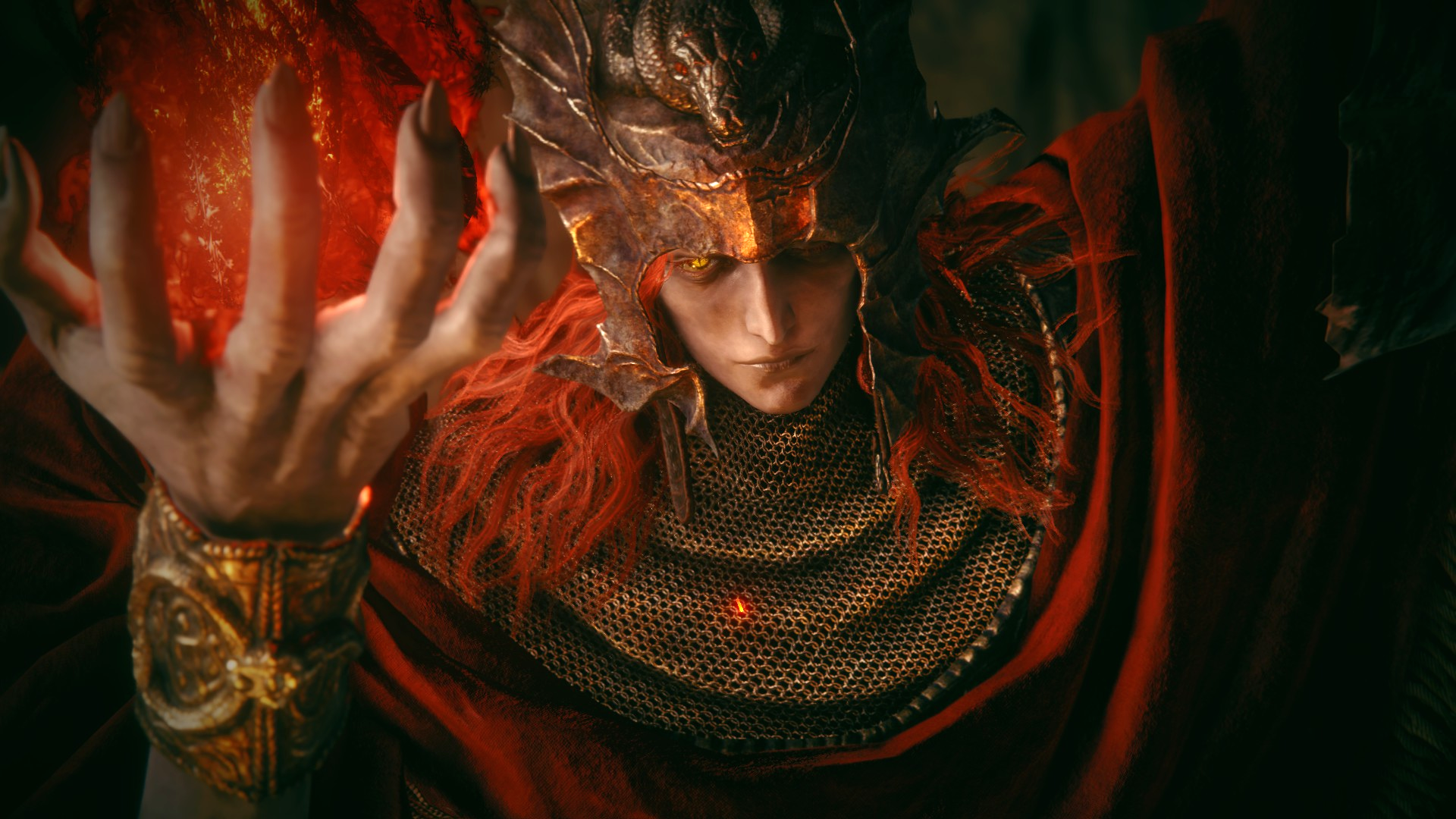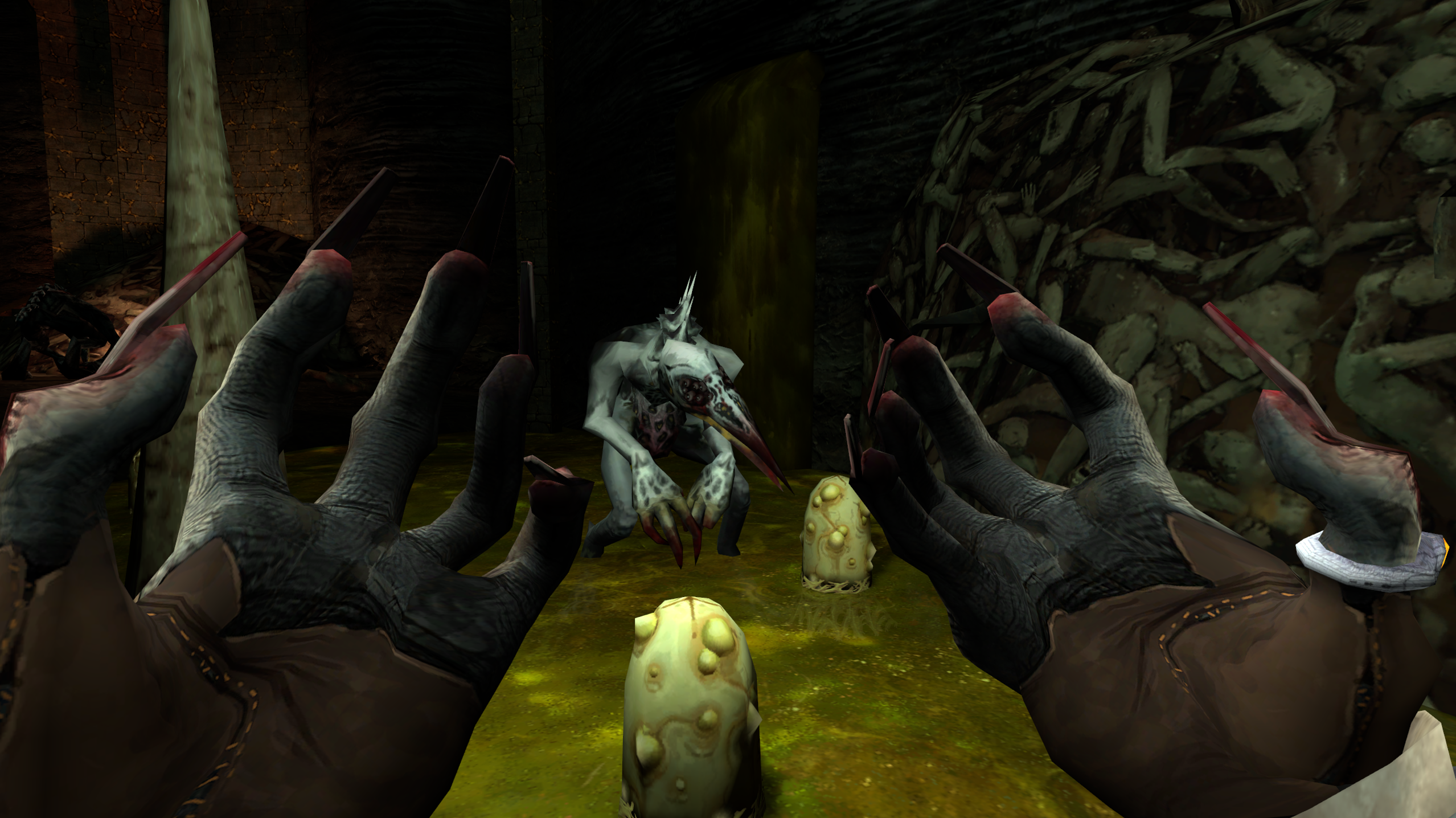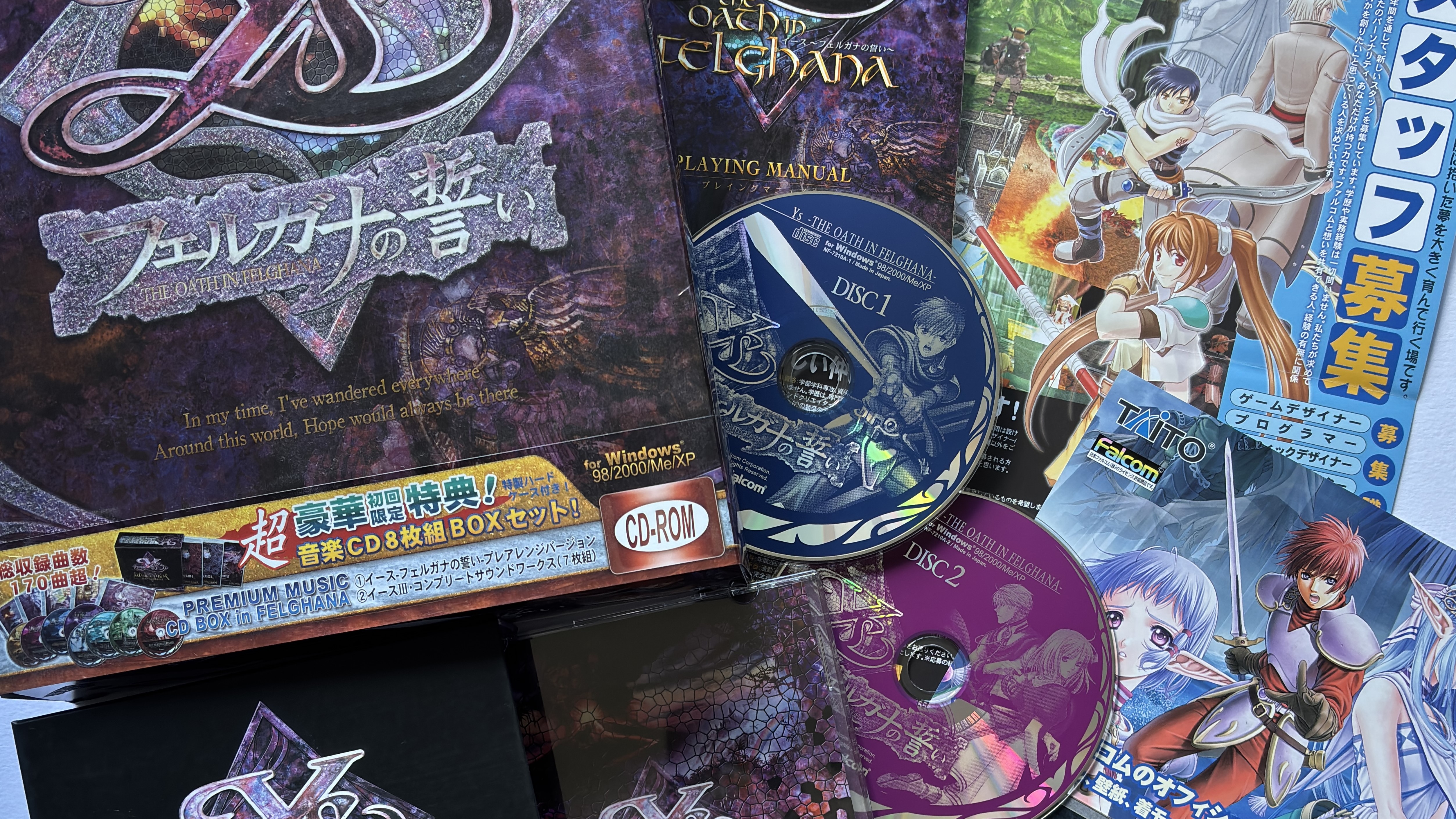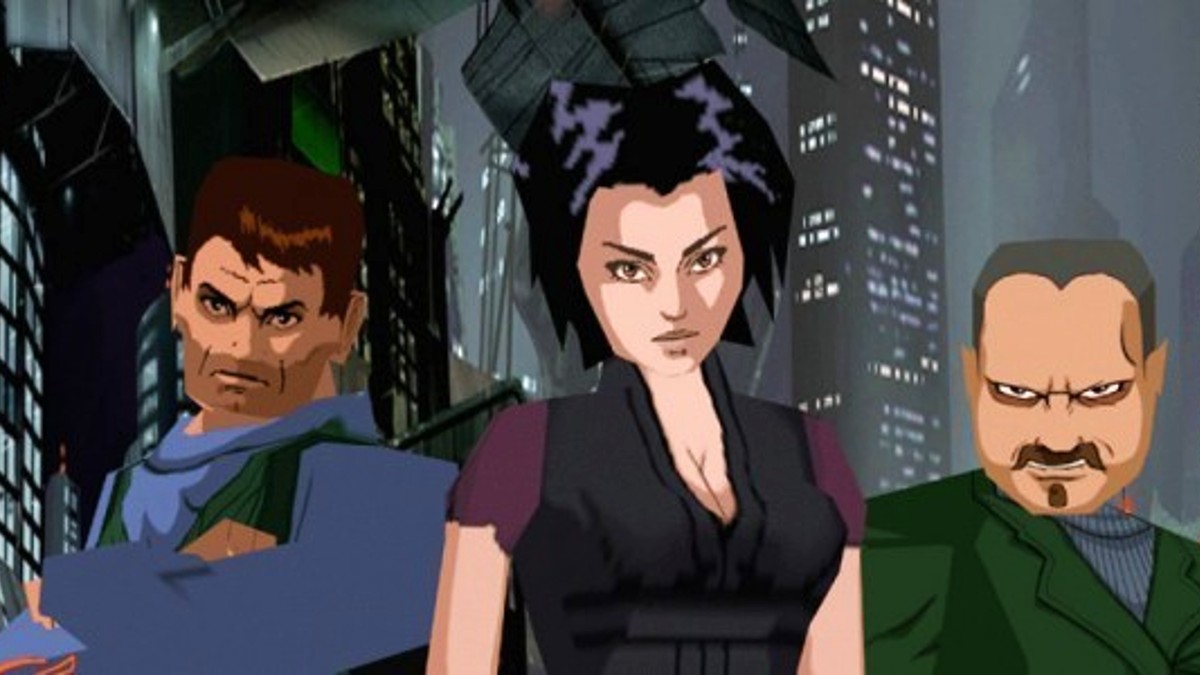
Game of thrown controllers.
Fine friends and fellows, I beat Elden Ring: Shadow of the Erdtree yesterday—and I did so without summons or spirit ashes. I will be expecting my personal, signed picture of Miyazaki saying “good job” with a thumbs up shortly, and we can hammer out the details of a parade in my honour later.
In all seriousness—my frighteningly-long play sessions over the weekend were, in a sense, angled at a desire to see if the recent deluge of complaints over the DLC’s difficulty held any merit. While I had opinions fermenting in the soup of my brain, I still wanted to finish the dang thing before saying anything out loud. To get the kind of top-down view I’m going to go into here, I feel you need to see the final boss.
But first, the “problem” at hand—Shadow of the Erdtree is hard as nails. It’s is immune to your overpowered endgame build thanks to its Scadutree Fragment scaling mechanic, but more than that, it’s also filled with bosses that’ll style on the unprepared. Its rogues gallery is filled with deadly attack patterns, aggressive AI, and unforgiving levels of damage. A host of Malenia lites.
I do, in part, think this early-day negative response against said difficulty is partially due to stubbornness. You can fast travel to any site of grace whenever you want—which means that banging your head against any boss without first looking for Scadutree Fragments is self-inflicted torment. It’s like running into a brick wall when there’s a perfectly good service door three feet to your right.
The Blackgaol Knight is a particularly fascinating case study, being one of the first mini-bosses the player will run into. In case you’re unfamiliar, the Blackgaol Knight is one of those pseudo-PvP mini bosses that uses player movesets, equipped with a rapid-fire crossbow and a great big sword.
It’ll also two-shot you if you try to rock up to it without Scadutree Fragments, so it’s immediately achieved meme status among the community as a menace. And look, I have nothing against players giving themselves a challenge, but I think if the game gives you the option to go get more powerful and you don’t do that, you also forfeit your right to complain about having a bad time.
Nonetheless, I think it’s important to treat these terrified Tarnished in good faith. I’m not interested in going to bat for FromSoftware with stars in my eyes—and I do think that Shadow of the Erdtree’s step up in boss difficulty does inherently change the game, much in the same way that Elden Ring’s faster bosses altered the franchise, and not necessarily for the better. But first, the things I enjoyed.
Panic rolling is the mind killer
(Image credit: FromSoftware)
I feel like anyone who had a hard time with this DLC’s bosses should go and play Sekiro: Shadows Die Twice—not out of some snooty elitism, but because I think that game does a great job at teaching you how FromSoftware’s increasingly frenetic boss design wants you to handle it.
In Sekiro, you’re given a very limited set of defensive manoeuvres to deal with your enemies, which lets it design bosses that make Malenia look like a walk in the park. Chief of these is the timed block, which turns dealing with certain attack strings into a rhythm game. Before you can tackle any boss in earnest, Sekiro wants you to learn them. You must respect their entire movesets, tune into their timing, and adjust. It requires patience and observation.
There’s that tear that basically turns you into bootleg Sekiro in Erdtree, but the DLC’s boss design also has a very Sekiro philosophy underpinning it. Despite shields actually being quite good this time around, I didn’t use one until the final boss, and I was able to figure out the dodge roll timings of most attacks.
I got my butt kicked a whole lot, sure, but I found myself gradually approaching combos like I would a string of perfect block timings in Sekiro—the shades of rhythm game resurfaced, and my time spent as a shinobi greatly prepared me for it. The muscle memory kicked in for me in a way it might not have kicked in for others and, for the most part, I had a good time.
(Image credit: Activision)
I broadly disagree with the assumption I’ve seen some players make that Erdtree’s fights were built with ashes and summons as a baseline. In fact, I actually think that spirit ashes (while absolutely making the fights easier in some ways) are surprisingly counterintuitive to how I think FromSoftware wants you to approach these bosses.
Using ashes to peel aggro from you does two things—first, it makes it harder to predict when the boss is going to wheel around on you and turn you into a shishkebab. Secondly, it further reinforces the false idea that their attack patterns are untenable bullcrap that are impossible to work around, because, well, you’re getting less experience with them per attempt.
If it sounds like I’m making a case for “gitting gud”—there’s an element of that at play here, I’ll freely admit that. I do, however, think that the situation is far more nuanced. For all of my disagreement, I think we’re scraping the tip of a problematic iceberg, because the design philosophy of Erdtree also changes the kind of game Elden Ring is.
Experimentation
(Image credit: FromSoftware)
The souls games are RPGs. Elden Ring in particular is famous for its sheer build variety, with a weapon roster that soars into the hundreds. As such, part of its appeal is crafting that perfect build or, better yet, theming a character around a certain skillset which is, after all, a mark of the RPG genre.
The issue is, Erdtree seems to have a bit of Armoured Core 6 DNA in it—as in, certain tactics or weapons outshine others in ways by design. Shields (which I didn’t use until the very end, because I enjoy suffering) are huge in the DLC. As are two-handed strength weapons, which not only offer a couple of stance breaks per fight, but have the added benefit of making your one safe swing every full moon do considerably more damage than a lighter weapon would.
You can make Erdtree a lot easier for yourself by approaching its bosses as you would an AC6 fight, adjusting your build to fit their unique weaknesses.
You can make Erdtree a lot easier for yourself by approaching its bosses as you would an AC6 fight, adjusting your build to fit their unique weaknesses and conquering them. I didn’t do this for the most part, because I am a masochist, but you absolutely can.
The issue is, Elden Ring as a game isn’t great at facilitating this mechanically—getting smithing stones (though the DLC is replete with them) is a pain in the butt, and while you can snag a lot of larval tears in a given playthrough, they’re still a limited resource.
For most of the DLC, though, this is a background issue. You’ll have a harder time if you were as stubbornly anti-shield as I was, but you’ll still be able to manage it with perseverance. Except when it comes to the final boss.
Heads up, I am going to be getting into mild mechanical spoilers for the last boss—I will avoid naming it or giving hints as to its identity, but I will be discussing it in terms of its general mechanical flaws, and what tactics work best against it.
I finally used a shield
(Image credit: FromSoftware)
If Erdtree’s bosses are a step up, then its final boss is a cliff. Its second phase is a sadistic onslaught of barely-dodgerollable moves and particle effects, which unhelpfully also drop your framerate. Most bosses in the DLC rarely gave me more than a couple hours of trouble—this final boss ate my entire Sunday, and then some.
Chiefly, I was “forced” to alter my build. There are several attack patterns this boss has that more-or-less require a solid greatshield. I also made use of Scarlet Rot to whittle down its health pool, rather than go on a scavenger hunt for my last two Scadutree upgrades. This compromised the RPG elements of Elden Ring pretty massively.
Over the course of around 10 hours, I went from a strength/faith knight wearing stylish armour to a shield-wielding dex/faith build that looked like it had taken a tumble through five different clothes racks at a mediaeval hot topic—anything to give me a boost in damage negation.
(Image credit: FromSoftware)
(Image credit: FromSoftware)
I don’t feel as though I cheesed the boss, mind—my six or so hours of attempts were a massive benefit, and I still had to learn how to dodge certain attacks with blood, sweat, and tears. But “gitting gud” wasn’t enough, I had to git clever. The boss was a door that I had to custom-build a key to unlock.
Was it satisfying to do so? Kinda, actually—but it does mean that, if FromSoftware continues on its power creep trajectory, that any future soulslike games are going to veer further away from the ideals of skill-based merit and player choice, and into the realm of hardcore boss puzzles and rhythm game attack chains. In a sense, the harder a FromSoftware game gets, the smaller the roleplaying part of its “action RPG” heritage becomes.
Ultimately, while most players sounding the alarm bells are being a little too hasty, I do feel like we’re seeing the tip of a very deep iceberg. Going forward, FromSoftware will have to decide whether it wants to keep up with a player base that is, against all memes, actually becoming very proficient at its shtick—or conserve the series’ core RPG identity. In the meantime, I’m just happy to put my controller down for a bit. My thumbs hurt.
Leda quest: Track the Erdtree main quest
Ansbach quest: Help the former servant of Mohg
Hornsent quest: Complete the quest for vengeance
Thiollier quest: Pay homage to the saint of sleeping
Freyja quest: Where to find Redmane Freyja






